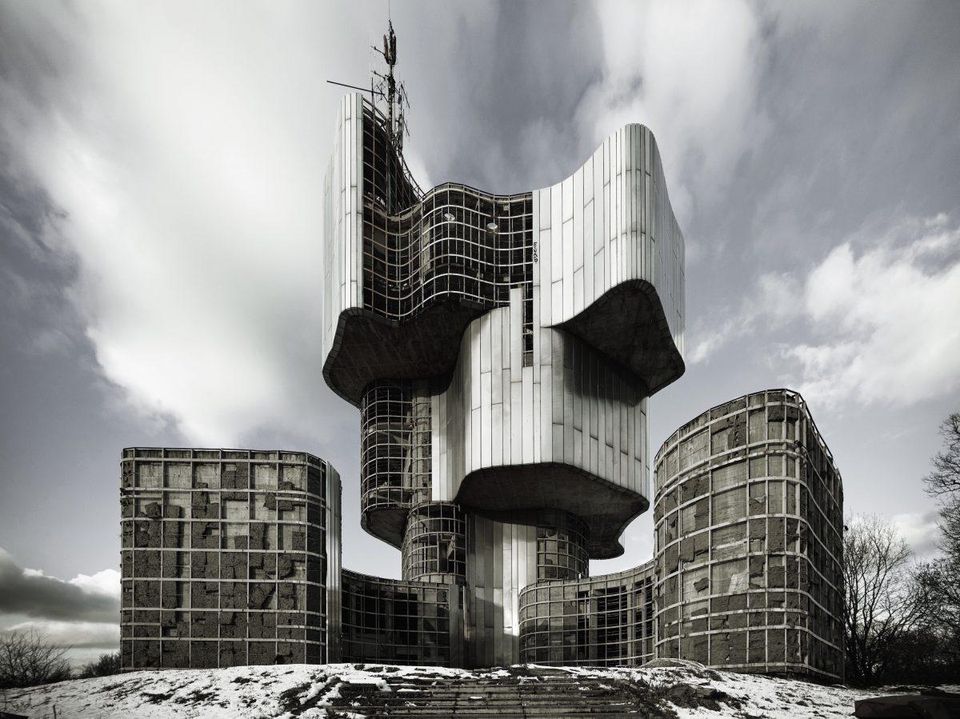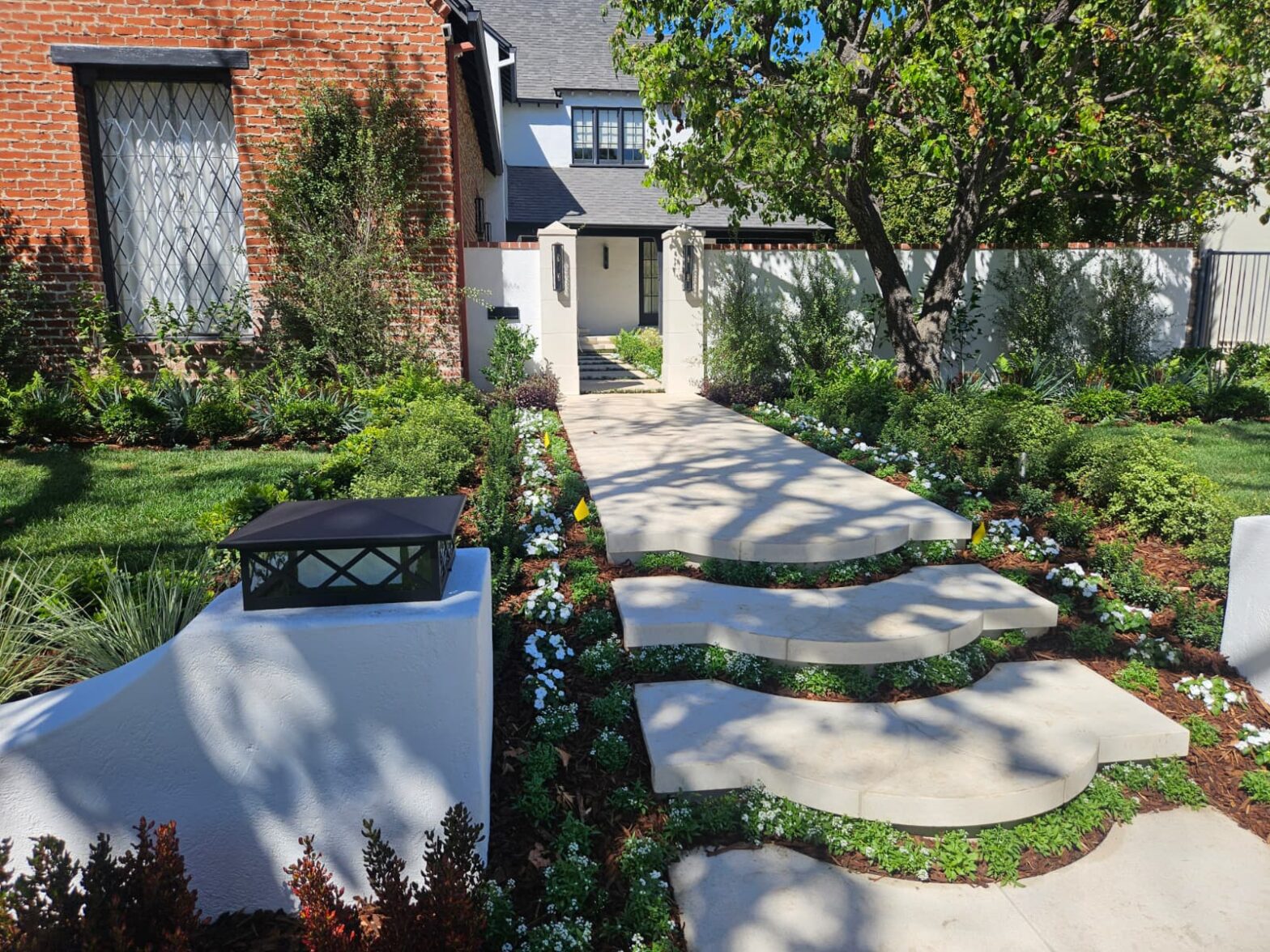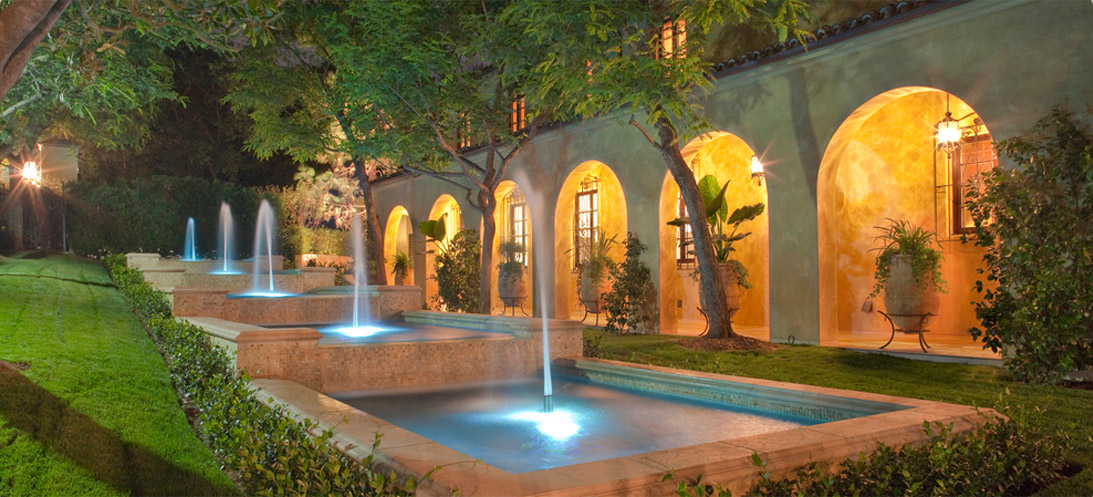
When the iron curtain descended on Eastern Europe after World War II, the citizens of Yugoslavia found themselves suffering from the aftermath of global combat and yearning for the promised comfort of socialism. Stalinism had taken hold and made promises of work, food and housing as a right of every citizen. What these new socialists didn’t understand was there was a huge gap between what their leaders felt as ‘quality’ services and what the people thought was quality. Those promises didn’t keep their citizens warm in Eastern Europe and there was a dire need for apartment buildings to properly shelter their comrades. Im most of the eastern bloc, architects and planners were told by the state how to design and what they should design. There was no room for creativity. It was all up to the vision of the state. This was not the case in Yugoslavia.
Yugoslavia was led by Marshal Tito, who had a vision that greatly differed from other iron curtain leaders. Even though he was a brutal dictator and led with an iron fist, he had a unique world vision and took advantage of realistic political opportunities. Yugoslavia was located between east and west, and had a multiethnic population with a multiplicity of architectural traditions. This allowed Tito to allow local control and architectural ideas start flowing from the bottom, not the top. Architectural opportunities emerged out of Tito’s political opportunism.
Socialists Explore Architecture in Yugoslavia
Architects were able to take advantage of Tito’s socioeconomic policies and build structures that were significantly more creative, innovative and truly support the needs of the people of Yugoslavia. This greatly separated the creative design of Yugoslavia under socialism and the cookie-cutter designs of the remainder of the iron curtain.
Check out the MoMA exhibit titled Toward a Concrete Utopia:
Architecture in Yugoslavia, 1948–1980.
Hot off the Press
Check out our latest feature in the LA Times!













